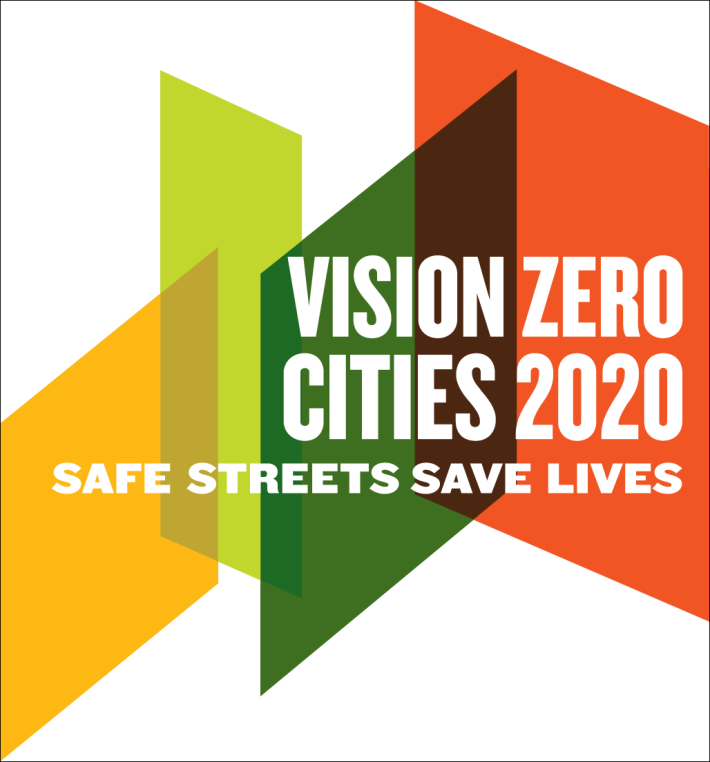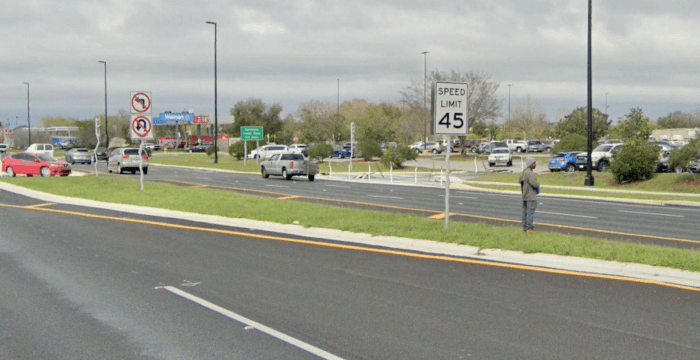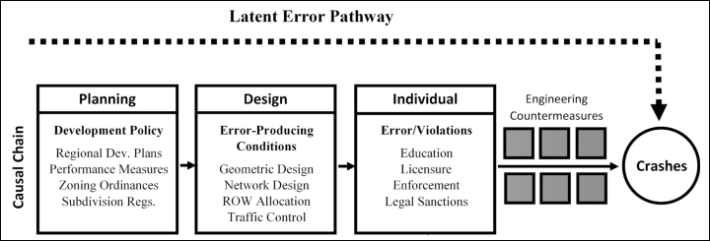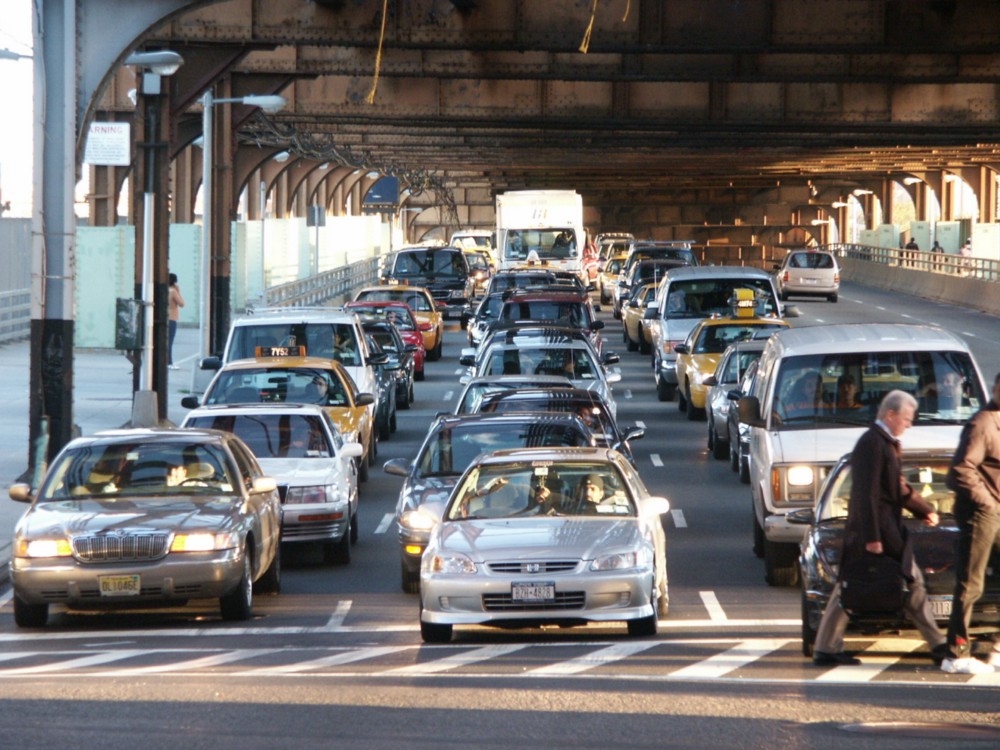This article will appear in Transportation Alternatives’ Vision Zero Cities Journal as part of the 2020 Vision Zero Cities Conference, Oct. 19-23. You can still register for the conference at visionzerocities.org.
Academic programs in traffic engineering are often deficient in regard to paying inadequate attention to road safety concerns. A survey of 117 traffic engineering programs in the United States found only about one in five offer any formal instruction on traffic safety, and one may justifiably question whether there is much of any practical value contained in the few safety courses that are offered. In the U.S., these courses often entail little more than applied instruction on the use of advanced inferential statistics. It is not uncommon for these so-called safety courses to skim over or omit material such as crash causation, crash reconstruction, road safety management, and road safety audits. For most engineering programs, it is generally believed that traffic safety concerns are adequately covered in conventional traffic engineering and geometric design guidelines, though this belief is demonstrably untrue.

As much fun as it is to criticize traffic engineers and academics, doing so can overlook the significant reforms the profession has made over the last decade (though not without significant outside pressure). Design manuals such as the Institute of Transportation Engineers’ Designing Walkable Urban Thoroughfares Manual (2010), the National Association of City Transportation Officials’ Urban Street Design Guide (2013), and a host of manuals developed by local transportation departments provide valuable guidance on the design of lower-speed, multi-modal urban streets. Even the most recent edition of American Association of State Highway and Transportation Officials’ A Policy on the Geometric Design of Highways and Streets, the so-called “Green Book” that these manuals seek to supplant, was modified in 2018 to better address the unique safety needs of urban surface streets. Their recommendations on matters such as design speed and the allocation of street right-of-way help curb the profession’s worst excesses. As these practices become more widespread and institutionalized, they make their way into engineering textbooks and engineering curriculum, regardless of whether future students or instructors understand the basis upon which these practices rest.
But these manuals call attention to what is, in my mind, an even greater safety consideration, one which has been largely ignored by professionals and academics alike. These manuals are centered on the idea that streets should be designed to address the uses and activities generated by surrounding development. It is not traffic engineers, but urban planners, who are responsible for determining a street’s developmental context. Our continued focus on the shortcomings of the traffic engineering profession leads us to ignore the manner in which planning decisions result in preventable traffic-related deaths and injuries.
Considering the creation of context
It has been well-established that much of the urban road safety problem occurs along urban arterials and, in particular, along urban arterials lined with strip commercial uses. Yet these environments are not created in a vacuum; they are the direct result of local development codes that not only encourage retail uses to concentrate along arterial corridors, but which include minimum building setbacks and minimum parking requirements that mandate that this development take the form of arterial sprawl. Consider the images below.


Examples exist in every metropolitan area in the U.S., though the example of U.S. 441 in St. Cloud, Florida, illustrates the general problem nicely. In the image above, we see a safe and largely unremarkable rural highway transformed into one that could serve as a poster child for all of engineering practices that we love to hate: high posted speeds, even higher operating speeds, uncontrolled ingress and egress, and a lack of protected pedestrian crossings. We are tempted to chide traffic engineers for this outcome. How could they be so heartless? Do they not care about the safety of pedestrians and vulnerable road users?
As satisfying as such accusations may be, the reality is that traffic engineers had very little to do with the creation of these problems. The roadway’s initial design was well-adapted to providing interregional mobility in a rural context. Between 1999 and 2005, the roadway’s geometry hardly changed at all. What has changed is the roadway’s rural to urban context, which did not occur through any action on the part of traffic engineers, but is instead the result of feckless decisions made by local planners.
Integrating safety into planning and design
This problem of urban planning and traffic engineering mismatches can be understood with a military analogy.
One of the major military advancements during the First World War, if it may be called that, is the idea of defenses-in-depth. Rather than massing troops on the frontlines at major points of engagement, this strategy instead sought to prevent an opposing army from achieving a breakthrough of the frontlines by applying layered defenses with multiple strongpoints.
This idea has since been applied to the design of industrial processes, as well as aviation and maritime transportation.
In the domain of road safety, however, we still focus our attention almost exclusively on the front lines. We examine crash locations and try to identify the associated “critical factors.” This typically entails little more than attributing the crash’s “cause” to an “error” made by the road user immediately prior to the crash’s occurrence. If we can ascertain that a driver was distracted, or that a pedestrian crossed at an unprotected location, like midblock, we feel confident that we understand the root cause and can pithily conclude, as we often do, that “90 percent or more of all crashes are attributable to driver error.” (Streetsblog debunked that very myth in a story yesterday.)
To overcome this tendency and address road safety in a less superficial way, we need to move beyond the simple assignment of blame to road users and focus our attention to the latent conditions that cause crashes to occur. As described by James Reason, latent conditions can be regarded as resident pathogens that lie dormant within complex systems, which may be activated by predictable combinations of local circumstances. Consider the example from St. Cloud again. The decision of the local planning department to designate U.S. 441 for commercial and retail development transformed the function and use of an otherwise safe roadway.
One does not need precognitive abilities to foresee that the addition of big box stores and commercial outparcels on U.S. 441 will introduce pedestrians and access-related traffic into the arterial stream, particularly given that this information is typically included in the forecasts of trip generation and distribution used in traffic impact analyses. Nor should it come as much surprise that the mixture of these activities on a high-speed thoroughfare will establish the conditions that will lead to death and injury. And yet, time and time again, in city after city, such projects are allowed to move forward without regard to their safety effects; the rural highway may be regarded as a gun, but it is the local planning department that loads the chamber.
If we are to achieve more than superficial improvements in road safety, we need to establish defenses-in-depth. The image below shows the form such an approach would take. Historically, we have focused almost exclusively on the final layers of defense. These include education and enforcement programs that target pre-crash behaviors, as well as engineering countermeasures, such as in-vehicle safety systems and traversable roadside hardware, that seek to minimize the severity of crashes when our education and enforcement programs fail.

Yet these are not our only layers of defense. The manner in which the built environment is designed can encourage, or prevent, people from committing errors that lead to traffic-related crashes, injuries, and deaths. As we understand from the new generation of urban street design manuals, the design of our streets and street networks, the allocation of right-of-way for specific uses, and the location, design, and control of driveways and intersections are all elements that manage the interactions between road users. But it should be observed that the effectiveness of this approach is dependent entirely on whether or not our streets and networks are designed with attention to the needs and conditions established by roadside development.
It is this, our first layer of defense, which needs additional bolstering. The effectiveness of our entire suite of defenses hinges on the policies and practices adopted by planners, such as the regional development plans that determine where future growth will occur and the zoning ordinances and subdivision regulations that govern its configuration. They establish the context in which our other layers of defense necessarily operate. And far too often, these development decisions are made with a blissful disregard of their ultimate safety consequences.
Eric Dumbaugh, Ph.D. is an associate director of the Collaborative Sciences Center for Road Safety and a professor in the Department of City and Regional Planning at Florida Atlantic University.






